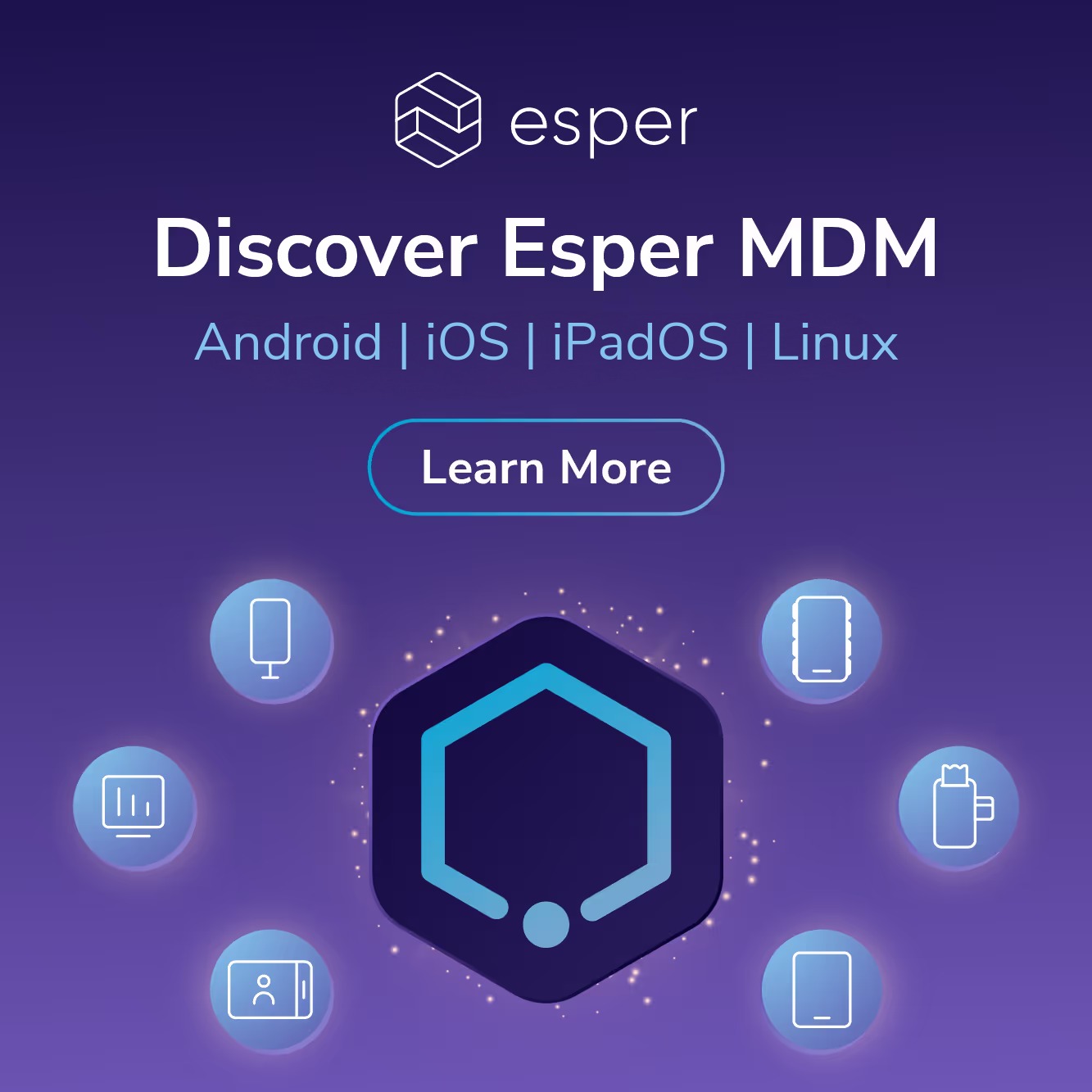In 1991, in a small city in the Netherlands, NCR and AT&T made history by deploying the precursor to modern-day Wi-Fi. The speeds were blistering (by the standards of the time), at two megabits per second! But the goal wasn’t changing the way computers communicate forever. It was far more mundane: Sending transaction data from point of sale terminals on the floor to a system in the back office, wirelessly — because the customer didn’t want to drill unsightly holes in the marble floors of their building every time they made a layout change.
None of those engineers could have predicted how widely felt the impact of their innovation would become, even just ten years later. Nearly 35 years on, Wi-Fi is deeply embedded in the fabric of our modern digital infrastructure. It is indispensable. The point being, we never know precisely how an innovation will change the world. Use cases for technology often emerge slowly, until suddenly evolution takes that crucial turn, bursting into a rich and diverse ecosystem (often, seemingly overnight).
I believe we are now in the midst of one of these moments — a Cambrian explosion of innovation — for Linux devices in the enterprise.
Linux Device Growth in the Enterprise Is Poised to Explode
Linux is endlessly flexible, secure by design, and unbeholden to costly volume licensing models. In a world where hardware is rapidly becoming a commoditized abstraction that businesses innovate on (see: the rise of affordable and generic ARM chips), Linux’s strengths have taken on an outsized importance, priming it for a growth explosion.
- Open source: Linux’s massive developer community and open-source model have given it serious security and transparency credentials. Linux trust runs deep in 2025.
- Hardware agnostic: Linux has never been and will never be beholden to a processor architecture, silicon vendor, or systems integrator. Linux runs everywhere, by design.
- Scalable costs: No licensing model or compulsory upgrades give Linux an aggressively low out-of-the-box TCO when compared to traditional operating systems.
- Future-proof: Linux’s development model has always prioritized security and upgradeability for legacy hardware — “no device left behind” is a core value of the Linux community.
- Regulatory compliance demands: GDPR, CCPA, HIPAA, and emerging cybersecurity regulations require strict device management and auditable security practices.
- Strategic independence: Enterprises are increasingly wary of vendor lock-in at every level of their technology stack. Linux devices with proper MDM represent true platform independence.
As enterprises seek to manage costs and build competitive advantage through innovation and differentiation, Linux has become the obvious choice for a rapidly growing number of use cases. Point of sale, medical devices, robotics, wearables, kiosks — you name it, and someone out there with a great idea is using Linux to build it.
The challenge with Linux, as ever, is in its longstanding strength — a seemingly endless diversity of implementations. Linux distributions are as numerous as the reasons to use them, and in the enterprise, this poses the biggest barrier to leveraging Linux to date: Device management.
The Barriers to Linux Device Management
Managing Linux devices at scale has often been considered untenable in principle. The number of distributions, package managers, and the lack of standardized management hooks have all been strong arguments in favor of traditional operating systems in the enterprise for decades. Those operating systems were also historically designed to be managed, because they were designed to meet the needs of enterprise customers.
In the popular dogma, Linux was anathema to large enterprises that demanded highly standardized “one size fits all” device management. There were too many variables, too many unknowns for IT and operations teams to support what was frequently characterized as a “Frankenstein” platform that would quickly fragment without a robust and centrally planned strategy. And often, any such strategy would rely on tools and workflows developed in-house; no enterprise-grade Linux device management meaningfully existed commercially.
These factors — coupled with the OS+hardware+software lock-in model of vendors and systems integrators, who held immense power over their customers — simply made Linux unattractive as a platform for enterprises to build on. The tradeoffs were substantial, and the benefits were murky.
Why Linux for Enterprise Devices Now?
But Linux has always been there as an option, hasn’t it? What makes me so confident that we’re witnessing a historic technological transition?
Unlike yesterday, the advantages of Linux today (which I enumerated above) are too good to ignore when compared to the disadvantages of building modern devices on traditional operating systems. And there are tectonic forces at work driving this shifting cost-benefit analysis.
- Cost is king: Volume licensing isn’t sustainable for many enterprises scaling devices at heretofore unseen levels. Linux erases this concern.
- Hardware commoditization: The ubiquity of affordable, powerful processing — especially ARM chipsets — has completely flipped the economics of device building on its head. x86 is still an option (and perfectly Linux-friendly), but ARM has opened the floodgates for affordable form factor innovation. Linux keeps that already low bill of materials cost in check.
- Walled gardens are falling: Modern multiplatform application frameworks and the web have filled much of the moat that traditional operating systems enjoyed in the enterprise. “Write once, run everywhere” is far closer to reality than most of us would have guessed 20 years ago.
- Edge + AI explosion: Linux has quickly emerged as the platform of choice for advanced edge and AI compute, giving enterprises more confidence in their ability to deploy Linux as part of critical managed hardware.
And we’re seeing it happen. More and more Linux devices are being deployed and commercialized than ever before. But a way to manage those devices at scale is going to be crucial as this proliferation accelerates — because until recently, this remained a largely unsolved problem.
How Advanced MDM Unlocks Linux for Enterprise
The era of advanced MDM, by necessity, must emerge alongside this Linux device explosion. Without a way to manage Linux devices at scale, enterprises will struggle to iterate their products or sustain growth while maintaining the customer experiences they’ve worked so hard to build. You may not have heard about it, but trust me: Advanced MDM for Linux is here, now. And this is what it looks like.
- Unified fleet management: Manage Linux devices alongside your Android and iOS devices, under a single pane of glass.
- Streamlined, scalable device deployment: Provision devices with zero touch, access them remotely, and deploy software packages fleetwide with one click.
- Robust security and visibility: Apply consistent policies and configurations, with self-healing capabilities.
- True operational efficiency: Make managing Linux just as easy as your other operating systems — no more “Frankensteined” toolchains.
Advanced MDM is a game-changer for Linux devices in the enterprise, because it makes managing Linux devices feel just like managing any other modern device. I know it, and our customers know it, because they’re already using it.
The Developer Experience Revolution
But the impact goes far beyond IT operations. Advanced Linux MDM fundamentally transforms how product teams build and iterate on device-based solutions. Modern product development cycles demand rapid iteration, and teams can no longer afford the friction of traditional device management approaches.
With proper Linux MDM, development teams can push updates and test new features across entire device fleets instantly, A/B test different configurations without physical access to devices, debug issues remotely across diverse hardware configurations, and maintain consistent development environments regardless of the underlying Linux distributions.
This isn't just about operational efficiency — it's about unleashing innovation at the speed that modern markets demand. When your device fleet becomes as manageable as your cloud infrastructure, your product teams can focus on what they do best: building great experiences for customers.
What's Next for Enterprise Devices?
While we may be in the midst of this Linux device Cambrian explosion, one evolutionary chain reaction tends to drive another. I believe that device management will be irrevocably changed by this event. Customers will no longer tolerate multiple tools to manage various device families across multiple platforms. They won’t accept highly fragmented feature sets, they’ll expect greater and greater parity across every form factor and OS. These systems will need to be more intelligent and automated, allowing IT and operations teams to focus on architecting device deployment strategies that drive key business results: accelerating time-to-market and building sustainable workflows to enable rapid innovation for product teams. Eventually, these management layers will become fully platform-agnostic, abstracting away unnecessary complications between the underlying technology stacks to allow truly seamless deployments across multiple product lines.
For now, though? Linux device management might just be that “let’s find a way to avoid drilling holes in the floor” first step on the way to our Wi-Fi everywhere world.
FAQ
Keep Exploring






.png)
.avif)








